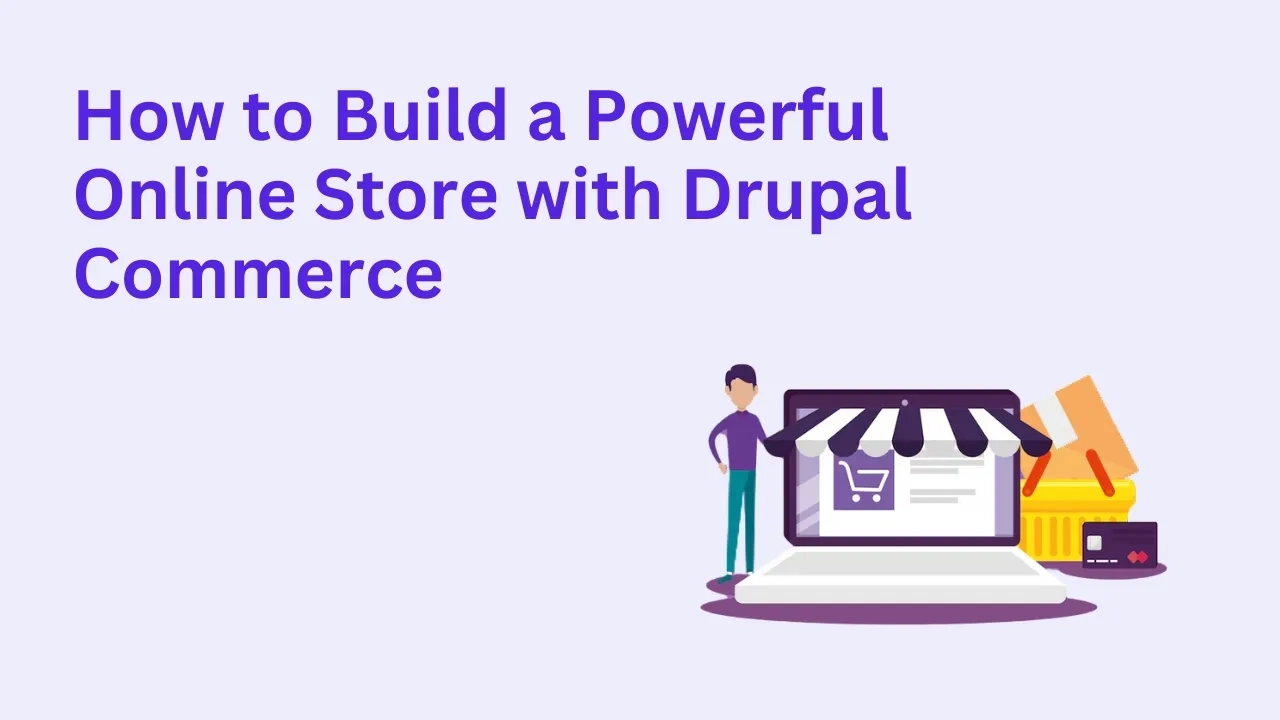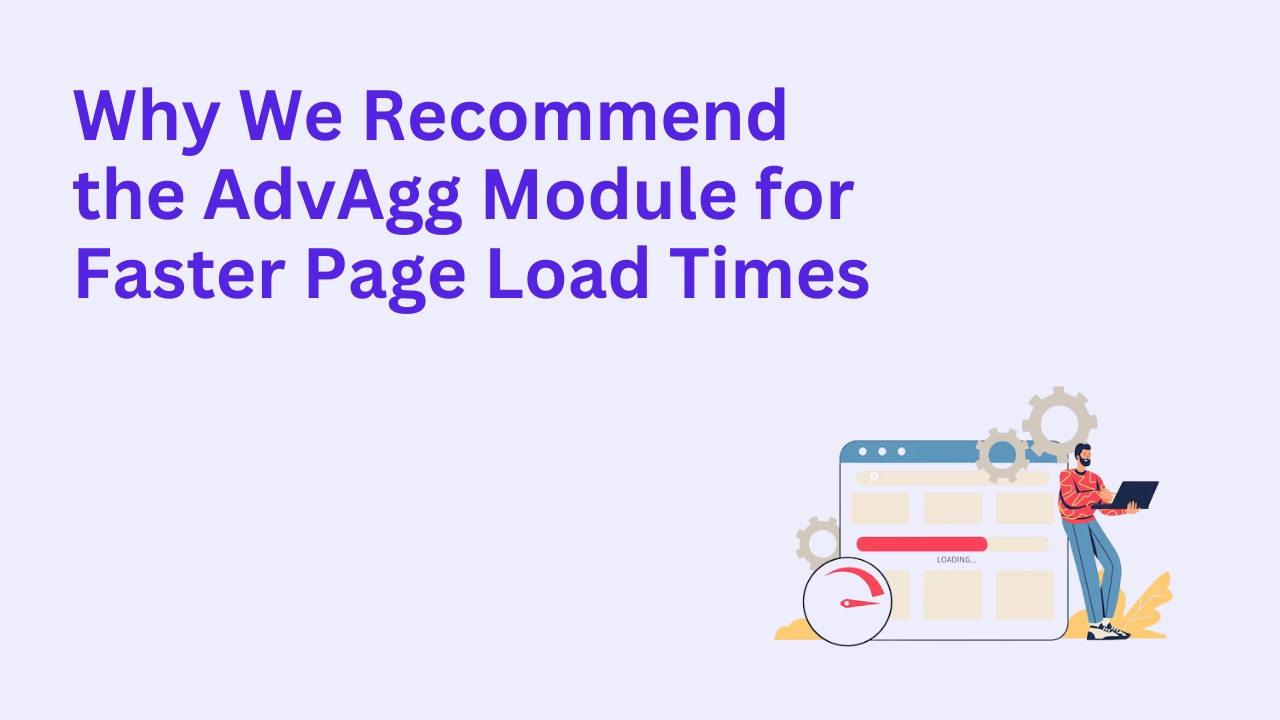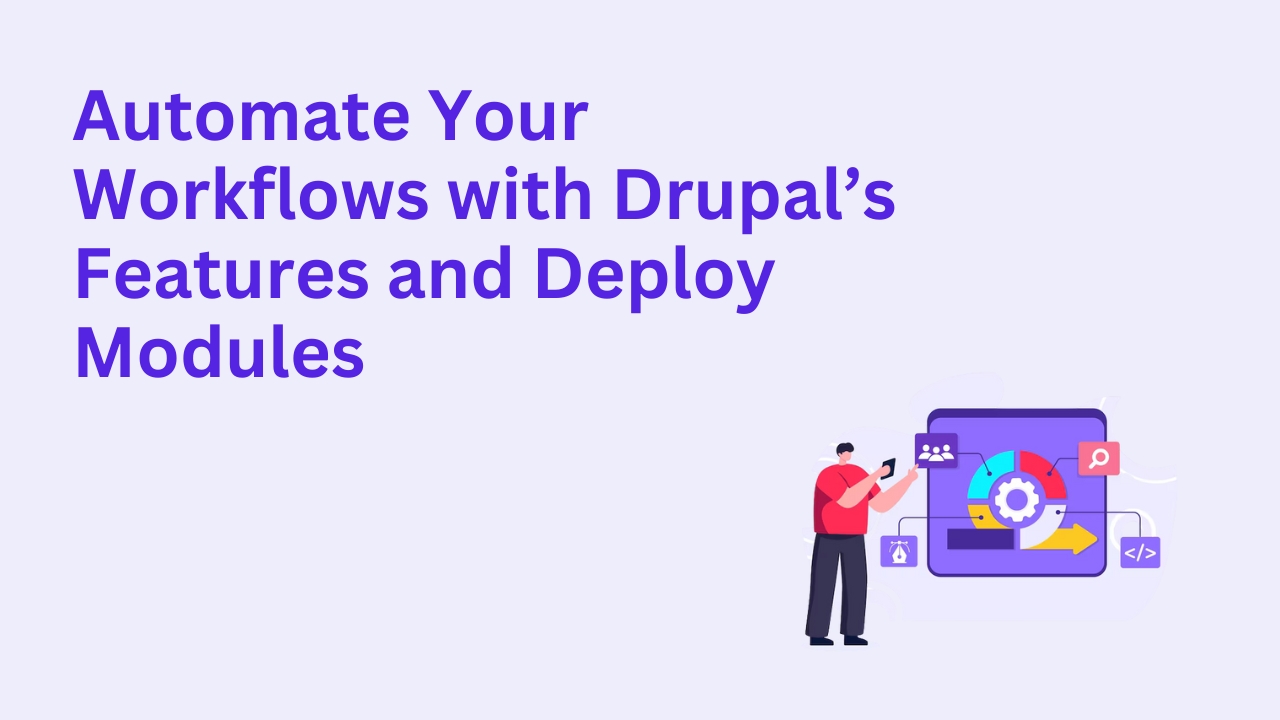How to Build a Powerful Online Store with Drupal Commerce

Looking to launch an online store that’s both scalable and feature-rich? Drupal Commerce gives you complete control over your ecommerce experience—without locking you into rigid templates or costly third-party platforms. Whether you’re starting fresh or upgrading from an existing setup, here’s a step-by-step look at how to build a powerful Drupal Commerce store.
Why Choose Drupal Commerce?
Drupal Commerce is more than just a plugin—it’s a fully integrated ecommerce framework built natively into Drupal. That means seamless integration between your content and commerce, flexible product management, and endless customization potential.
Use it to:
Sell physical or digital products
Handle complex tax, shipping, and discount rules
Integrate with your CRM, ERP, or payment gateway
Scale your store globally with multilingual and multi-currency features
Key Steps to Build Your Store
1. Set Up Drupal and Install Commerce Modules
Start by installing Drupal core. Then, add the Commerce module and its dependencies. Use Composer for a smoother installation process.
2. Configure Your Product Architecture
Set up product types, variations (like sizes/colors), and attributes. Drupal Commerce gives you flexibility in defining how your catalog is structured.
3. Set Up Payments and Checkout
Integrate payment gateways like Stripe, PayPal, or Authorize.Net. The checkout workflow is customizable—add or remove steps to fit your customer journey.
4. Manage Taxes and Shipping
Use built-in modules or third-party integrations to automate tax rules and shipping methods. For international sales, configure regional settings accordingly.
5. Style Your Store
Work with a Drupal theme or custom design to reflect your brand. Use Layout Builder or Paragraphs to manage content-rich product pages.
6. Optimize Performance
Speed is key in ecommerce. Enable caching, image optimization, and consider using Drupal maintenance services to ensure smooth operations.
7. Launch with Confidence
Before going live, test your checkout process, load speed, mobile responsiveness, and analytics. A soft launch or staging environment can help work out any issues.
Want Expert Help?
Setting up Drupal Commerce can be technical, but you don’t have to do it alone. If you're ready to take your online store to the next level, you can hire Drupal developers who specialize in ecommerce.
Or book a consultation with our tech team to discuss your goals and challenges.
FAQs
Can I use Drupal Commerce for digital products?
Yes! Drupal Commerce supports both physical and digital goods with customizable fulfillment workflows.
Is Drupal Commerce suitable for large stores?
Absolutely. It’s built for scalability and works well with thousands of SKUs, custom product rules, and high traffic.
Do I need a developer to build a Drupal Commerce store?
While some experience helps, many features can be configured through the admin interface. For more complex setups, working with a developer is recommended.
Is it better than Shopify or WooCommerce?
It depends. Drupal Commerce offers far more flexibility, especially for content-driven stores and enterprise-level needs.








